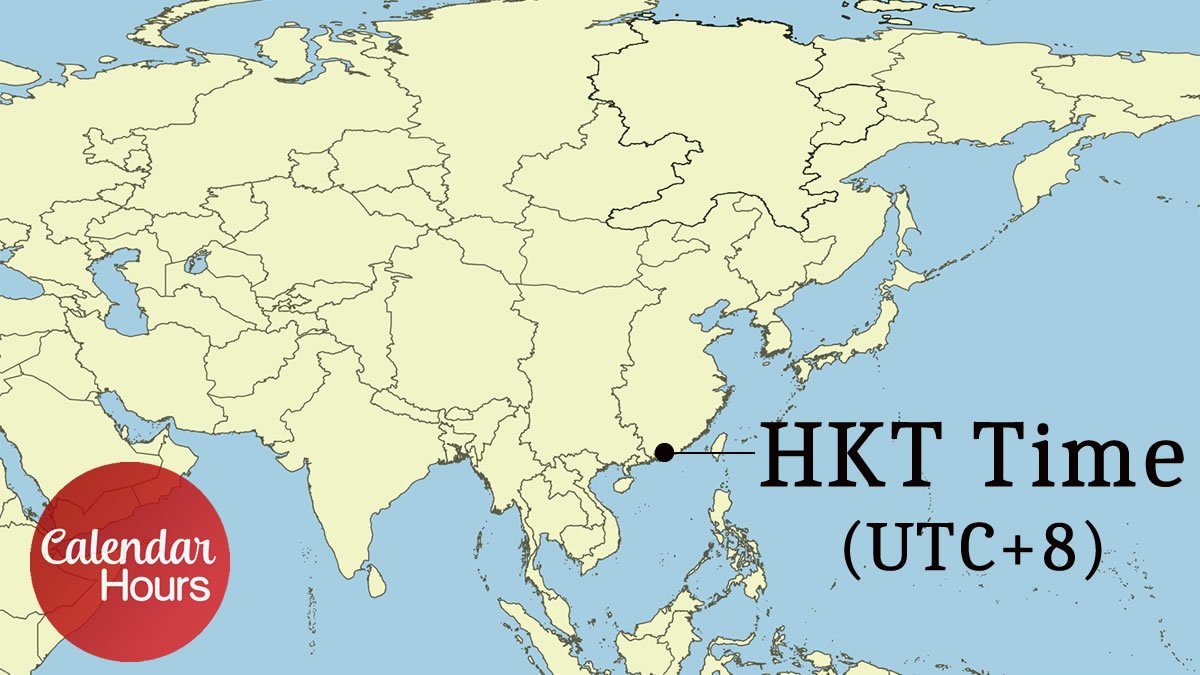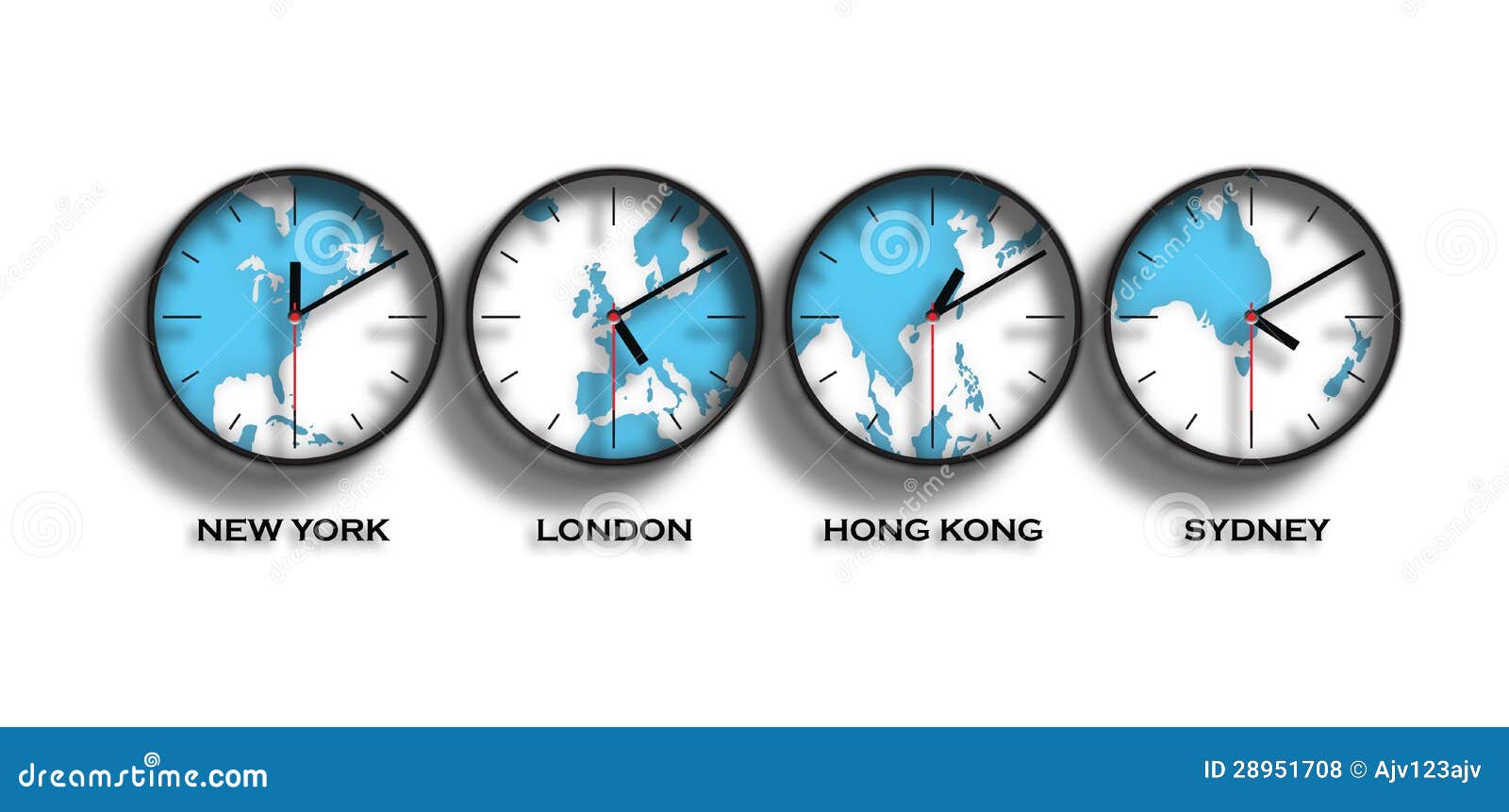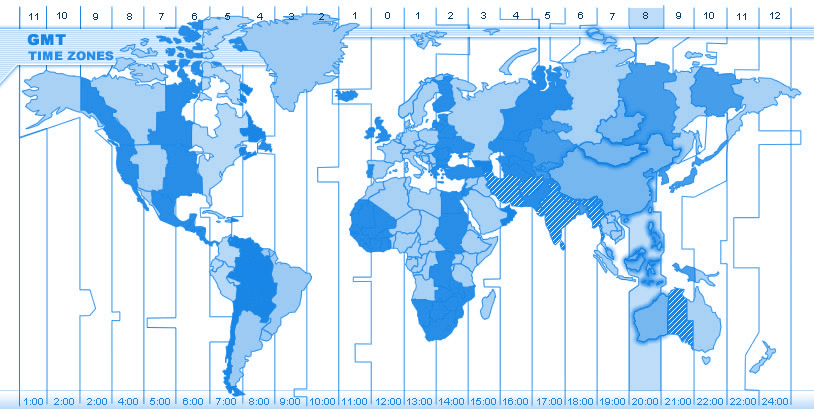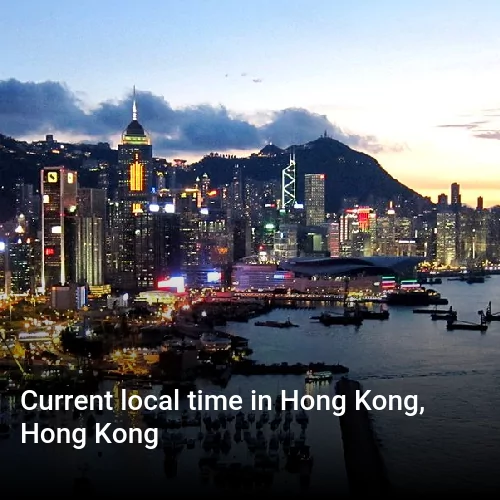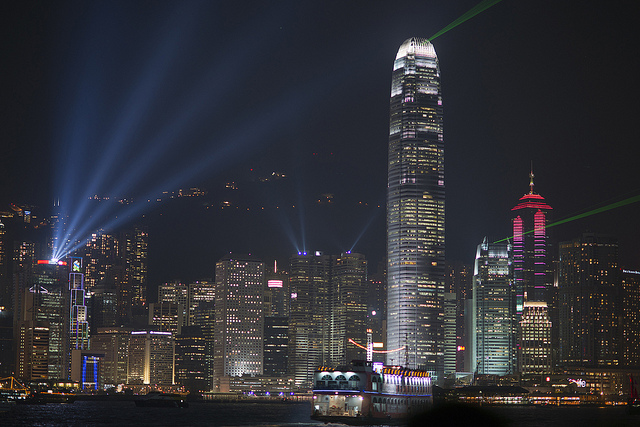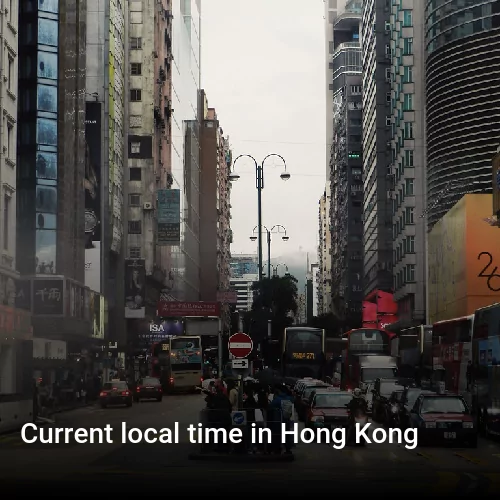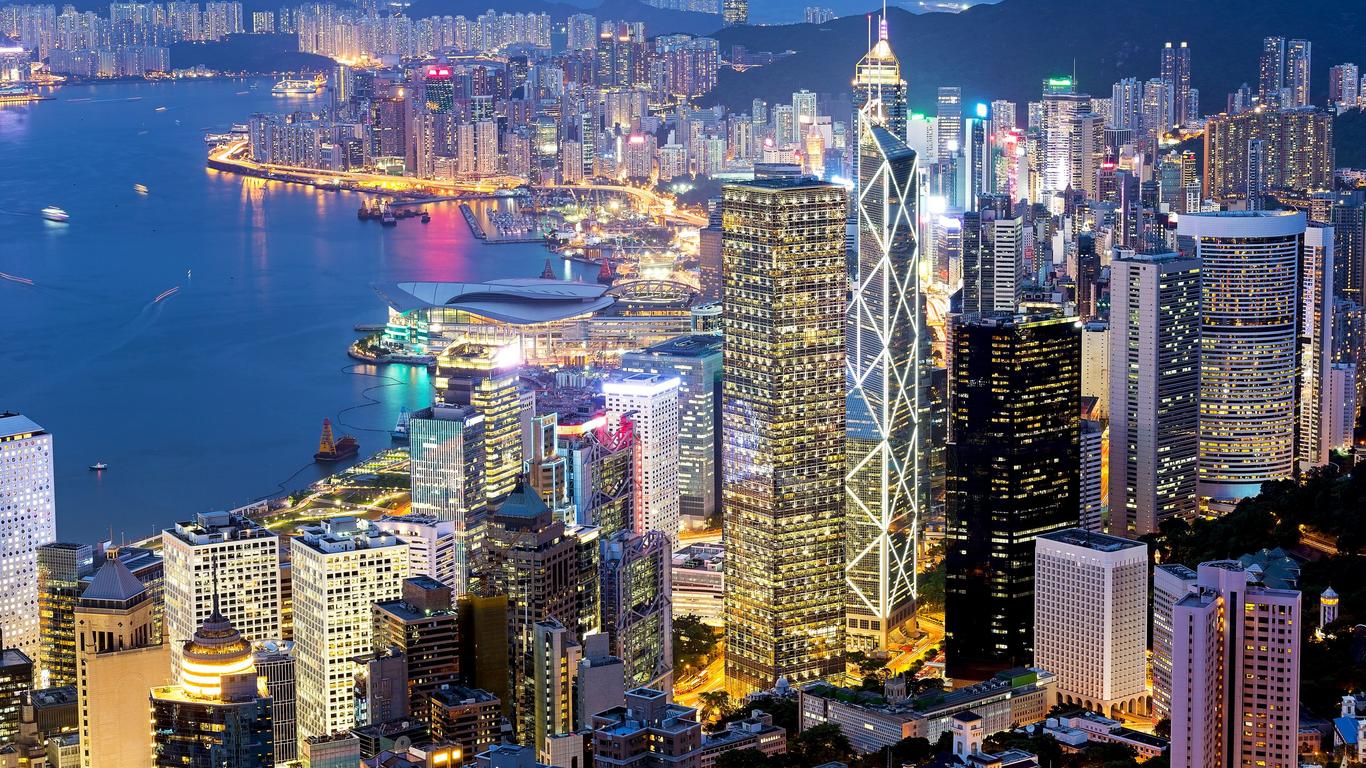Hong Kong Time Vs New York Time

Imagine this: the neon glow of Hong Kong's skyline reflects in the harbor, junks bob gently in the water, and the day is drawing to a close. Across the globe, in New York City, the first rays of sunlight are just beginning to kiss the skyscrapers, a new day dawning amidst the city's ceaseless energy. Two iconic cities, pulsing with life, yet separated by a vast ocean and a significant difference in time.
This article explores the intricacies of Hong Kong Time (HKT) versus New York Time (EST/EDT), diving into the practical implications, cultural nuances, and historical context of this temporal divide. Understanding this difference is more than just knowing how to schedule a video call; it's about appreciating the interconnectedness of our world and the varied rhythms of global commerce, culture, and personal relationships.
The Time Difference: A Matter of Geography and History
The core reason for the time difference is purely geographical. The Earth is divided into time zones based on longitude, with each zone roughly corresponding to 15 degrees of longitude. Hong Kong is located in the UTC+8 time zone, while New York City observes Eastern Standard Time (EST), which is UTC-5, and Eastern Daylight Time (EDT), which is UTC-4, during the summer months.
This means Hong Kong is either 12 or 13 hours ahead of New York, depending on whether New York is observing EST or EDT. For example, when it's noon in New York during EST, it's 1:00 AM the next day in Hong Kong.
Historical Roots of Time Zones
The concept of standardized time zones is relatively modern. Before the late 19th century, most localities kept time based on the sun's position at their specific location. This led to a chaotic situation, especially with the advent of railroads.
Sandford Fleming, a Canadian engineer, championed the idea of worldwide standard time zones in the 1870s. By the early 20th century, most of the world had adopted some form of standard time, although variations and complexities still exist.
Practical Implications: Business, Communication, and Travel
The time difference between Hong Kong and New York has a profound impact on numerous aspects of life, particularly in business and communication. Global businesses operating in both cities must carefully consider time zone differences when scheduling meetings, coordinating projects, and managing international teams.
A common challenge is finding mutually convenient times for virtual meetings. This often requires some team members to work outside of their traditional working hours.
For example, a conference call scheduled for 9:00 AM in New York would be 9:00 PM in Hong Kong, likely requiring someone in Hong Kong to stay late or join from home. Similarly, a deadline of 5:00 PM in Hong Kong is 5:00 AM in New York, impacting workflows and potentially requiring overnight work.
The financial markets are particularly sensitive to time zone differences. Hong Kong is a major financial hub in Asia, while New York is a leading center in North America. Trading activities in one city often influence the other.
The overlap in trading hours is limited, meaning that traders in one city must often monitor news and developments from the other outside of their regular work hours. This requires careful coordination and a deep understanding of global market dynamics.
Travelers also need to adjust to the significant time difference when flying between Hong Kong and New York. Jet lag, caused by the disruption of the body's natural sleep-wake cycle, is a common problem.
"Jet lag is a physiological condition that results from alterations to the body's circadian rhythms resulting from rapid long-distance transmeridian (east–west or west–east) travel." - National Institutes of Health.
To mitigate the effects of jet lag, travelers are often advised to gradually adjust their sleep schedules in the days leading up to their trip, stay hydrated during the flight, and try to adapt to the local time as quickly as possible upon arrival.
Cultural Nuances and Social Considerations
Beyond the practical considerations, the time difference also highlights cultural nuances in work-life balance and communication styles. In Hong Kong, a fast-paced and competitive environment, long working hours are often the norm.
While in New York, although also demanding, there is a growing emphasis on work-life integration and flexible working arrangements. These cultural differences can influence how teams collaborate across time zones and how individuals perceive work-related communication at different hours.
For individuals maintaining personal relationships across these distances, the time difference can present unique challenges. Scheduling calls with family or friends requires careful planning and consideration of each other's schedules.
Simple things like sharing news or celebrating milestones can be delayed due to the temporal gap, requiring extra effort to stay connected and maintain strong bonds.
Future Trends and Adaptations
As technology continues to evolve, new tools and strategies are emerging to help bridge the time zone gap. Asynchronous communication platforms, such as email and project management software, allow teams to collaborate without requiring everyone to be online simultaneously.
Video conferencing tools with features like recording and transcription enable meetings to be shared and reviewed at different times. The use of artificial intelligence (AI) is also helping to automate tasks and streamline workflows, reducing the need for constant real-time interaction.
Moreover, there is a growing awareness of the importance of flexible working arrangements and promoting a healthy work-life balance. Companies are increasingly adopting policies that allow employees to work remotely and adjust their schedules to better accommodate different time zones. This can improve employee satisfaction and productivity, as well as foster a more inclusive and collaborative global workforce.
Conclusion: A World Connected Across Time
The time difference between Hong Kong and New York is more than just a numerical discrepancy; it represents a complex interplay of geography, history, culture, and technology. Understanding this difference is essential for navigating the interconnectedness of our world and fostering effective communication, collaboration, and personal relationships across distances.
While the temporal gap can present challenges, it also offers opportunities for innovation and adaptation. By embracing new technologies, promoting flexible work practices, and cultivating cultural awareness, we can bridge the divide and create a more harmonious and productive global community. Ultimately, the ability to connect and collaborate effectively across time zones is a testament to human ingenuity and our capacity to overcome the limitations of distance.
